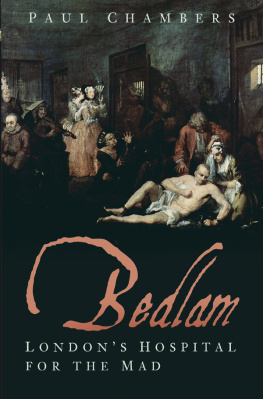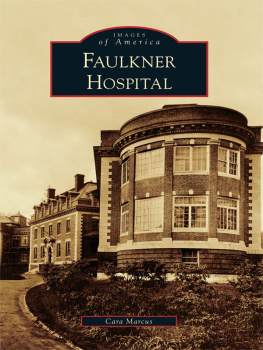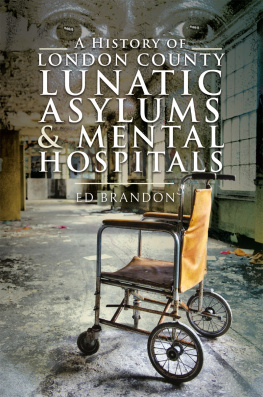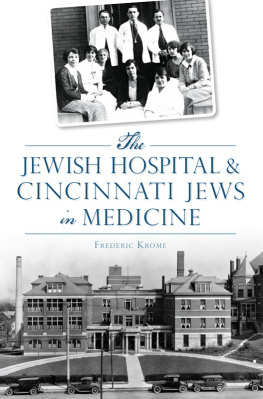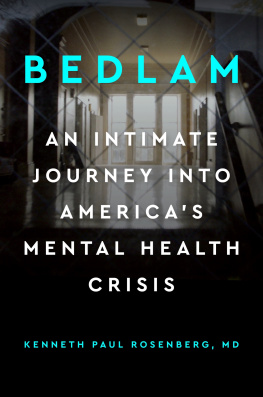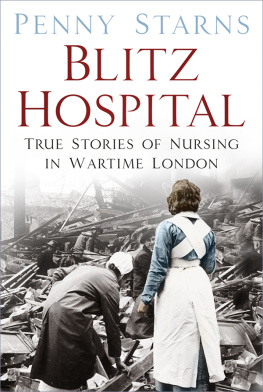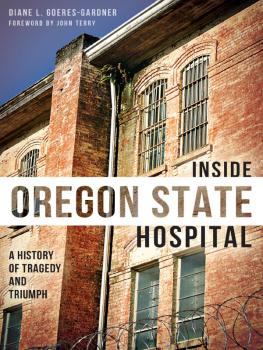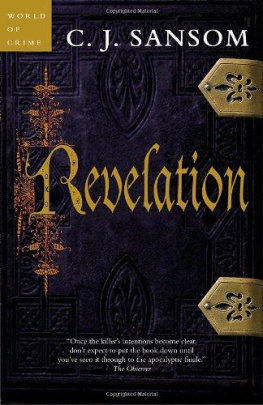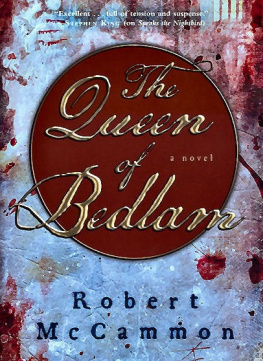Contents
Guide


First published by Ian Allen Publishing 2009
The History Press
97 St Georges Place, Cheltenham,
Gloucestershire, GL50 3QB
www.thehistorypress.co.uk
Paul Chambers, 2009, 2019
The right of Paul Chambers to be identified as the Author of this work has been asserted in accordance with the Copyright, Designs and Patents Act 1988.
All rights reserved. No part of this book may be reprinted or reproduced or utilised in any form or by any electronic, mechanical or other means, now known or hereafter invented, including photocopying and recording, or in any information storage or retrieval system, without the permission in writing from the Publishers.
British Library Cataloguing in Publication Data.
A catalogue record for this book is available from the British Library.
ISBN 978 0 7509 9186 5
Typesetting and origination by The History Press
Printed and bound in Great Britain by TJ International Ltd.
eBook converted by Geethik Technologies

In Memoriam Matris
Contents
Acknowledgements
Creating this book was a complicated and lengthy affair that was greatly facilitated by the assistance and support of a number of individuals. I am grateful to Ilona Jasiewicz and Ian Drury for drawing my attention to Bedlam, and to Nick Grant of Ian Allan Ltd for seeing the books potential. The staff at Ian Allan, especially Nick Grant and Mark Beynon, have offered much encouragement and have made the editing and production process run smoothly. My agents, Mandy Little, Sugra Zaman and Isabel Atherton (of Watson, Little Ltd), all had a hand in the sometimes protracted business of promoting this manuscript, and I am thankful that they were able to bear the strain with their usual good humour.
I am particularly grateful to the staff at the following institutions and companies who assisted me during the research phase and who, without exception, answered all my enquiries with diligence and patience: Bethlem Royal Hospital, Archives and Museum (Kent); Bodleian Library (Oxford); British Library (St Pancras); British Newspaper Library (Colindale); Cambridge University Library; Cruciform Library (University College Hospital); D. M. S. Watson Science Library (University College London); Family Records Centre (Islington); Hertfordshire Library Services; Institute for Historical Research (London); Society of Genealogists Library (London); The Welcome Library (London) and The National Archives: Public Record Office (Kew).
As ever, I received (apparently unlimited) moral support from my family and friends but especially my wife Rachel and daughter Eleanor. While I was writing this book my mother contracted a terminal illness and I shall remain forever in debt to the staff at Jersey Hospice Care (especially Margaret McGovern) for their help and assistance during what was a difficult time.
Authors Note
When planning this book I was keen to understand why a centuries-old institution like Bedlam Hospital should continue to conjure up visions of chaos, disorder and abuse in the modern world. I wanted to discover when and how Bedlam had obtained its poor reputation and, above all, whether the many lurid stories of neglect, brutality and mismanagement had any basis in fact. As my research progressed it became clear that for an extended period of time during the eighteenth and nineteenth centuries most aspects of Bedlams dubious reputation were well-deserved. However, it was also evident that behind the examples of abuse that are often quoted in history books, there is a subtler, more intricate story that reveals the hospital to be as much a victim of the prejudice, ignorance and corruption of outsiders as of its own internal mismanagement. Beneath the lurid tales of violence, rape and murder is a compelling story in which Bedlam is placed at the centre of power struggles, political conspiracies and financial corruption. The hospital frequently found itself unable to control events; instead it was forced to react to the actions of others, and all too often it was the patients and inmates that suffered as a consequence. These public and private battles did not just affect Bedlam but rippled outwards into the wider trade in madness that once thrived in Britain.
It is this turbulent part of Bedlams story that fascinates me, not least because it offers an insight into how British society transformed from the community-based treatments of the mentally ill in the seventeenth century to the routine institutionalising of the insane in Hanoverian and Victorian eras. At all times Bedlam was the centre of attention, it being the ascribed authority on the diagnosis and treatment of mental illness, and yet it was also in direct competition with other charitable and private madhouses that were keen to exploit Bedlams reputation and its wealthier fee-paying patients. Thus, although this book covers the whole of Bedlams history, from its foundation in 1247 to the present day, the prime focus is on the period between about 1728 and 1855 when four generations of the Monro family had a controlling interest in the hospital. Not uncoincidentally, it was during this turbulent period that the allegations of abuse and corruption were at their peak and when societys attitude towards madness in general was highly polarised.
It should be noted that while aspects of the story told here are appearing in print for the first time, this is a work of popular non-fiction and as such it cannot compete with the many fine textbooks that cover Bedlams history and that of mental illness in general (see the Bibliography). My aim is to keep the story flowing smoothly, so the main body of the text is largely devoid of complex explanations and overlong discussions. Those seeking further information on individual topics or events should consult the Endnotes, where individual entries list my sources, expand on certain points and provide suggestions for further reading.
Prologue
In the autumn of 1699 the diarist, raconteur and flamboyant wig-wearer Edward Ned Ward adopted the guise of a London tourist and went in search of the common vanities and follies of mankind. Ward possessed a gigantic ego, a low boredom threshold and preferred always to be the centre of attention, all traits that made him somewhat tedious to be with. Those long-suffering friends on whom he imposed himself were forced to convey him about London in search of people and places that might whet his journalistic appetite. One particularly fraught day started with a visit to Gresham College, better known to Londoners as Maggot-mongers Hall because of its display of stuffed and pickled bodies, both animal and human. Here there were rows and rows of dead birds, snakes, fish, monkeys and other horrors such as pickled foetuses and preserved human genitals. Most visitors found the sight compelling but it was not long before Ward grew bored and asked for a change of scene. And so, wrote Ward, glutted with the sight of those rusty relics and philosophical toys, we determind to steer our course towards Bedlam.
At this time Bedlam, or Bethlem Hospital as it is more properly titled, was a large mental asylum located at Moorfields in the heart of Londons emerging business district. As well as being Englands oldest and only charitable madhouse, Bedlam was also a tourist attraction. Viewed from the street outside, the hospitals imposing palatial architecture and landscaped gardens were a source of marvel, but for the cost of a single penny it was possible for the public to pass through Bedlams ornate gates and have free access both to its grounds and to its lunatic wards. A visit to the madmans college was high on the list of must-see London sights and Ned Ward, like so many of the capitals other tourists, thrilled at the prospect. As their carriage drew nearer to Moorfields, Ward and his host debated the merit of London having so large and ornate a hospital reserved solely for mad folks.

